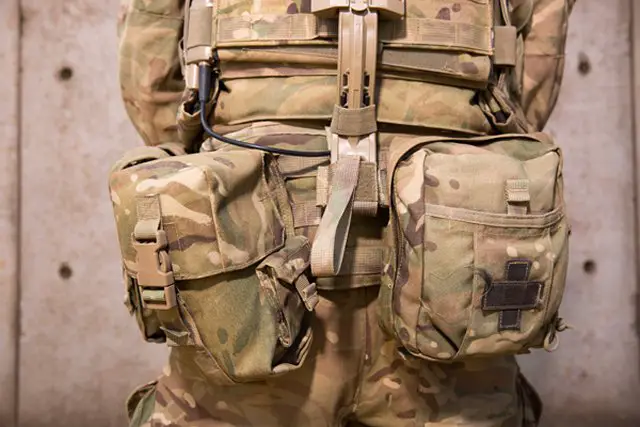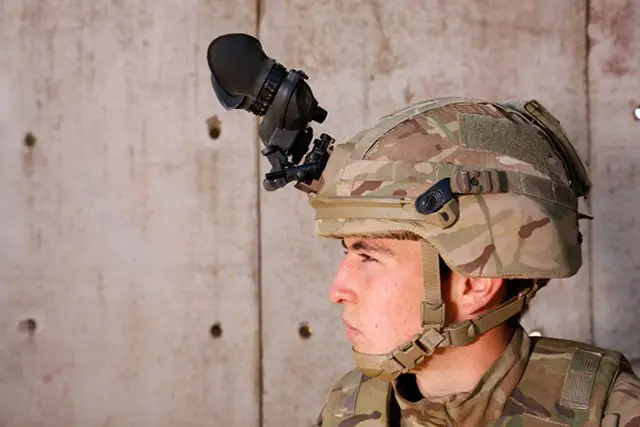The new Virtus body armour system is now issued to the British infantry troops 32005163
|
|
|||
|
Military Defense Industry Technology - Virtus Soldier System
|
|||
|
|
|||
| The new Virtus body armour system is now issued to the British infantry troops | |||
|
According to the British MoD, the new personal armour, known as Virtus, is now rolling out to infantry troops after extensive testing. It uses the latest materials and offers the same protection as the Osprey system but it is significantly lighter, moves with the body more easily and produces a slimmer profile.
|
|||
|
|
|||
 Virtus Soldier System developed by Source (Photo: British MoD) Virtus Soldier System developed by Source (Photo: British MoD) |
|||
|
|
|||
|
The Virtus system has been tested by soldiers from The Royal Engineers, Royal Artillery, The Yorkshire Regiment, The Rifles, The Parachute Regiment, The Mercian Regiment as well as the Royal Marines, with troops providing feedback on all design elements. The experiences of troops who served in Iraq and Afghanistan have also helped to design the new armour. The level of protection employed can be scaled up or down to match the type of threat by adding or removing soft armour pads and hard ballistic plates. Lt Col Rob O’Connor (Yorks), commanding officer of the Infantry Trials and Development Unit, explained: “Commanders can select a level of armour using a combination that they think is sufficient for the situation. This allows them to scale back the amount of protection in favour of agility if they want.” Virtus is 4.7 kilograms lighter than Osprey and will become lighter still once new armour plates, which are in development, are introduced. The new system also has a quick-release mechanism – a pin positioned on the chest that when pulled releases the entire body kit – to aid safe extraction from hazardous situations such as burning vehicles or water. This replaces the Velcro straps that soldiers currently have to rip open to release their body armour.A new, lighter helmet will provide increased blunt impact protection, face and mandible guards for certain roles and a shape that is designed to work with the armour and daysack so weapons can be comfortably used even in a prone position. |
|||
|
|
|||
 Virtus Soldier System developed by Source (Photo: British MoD) Virtus Soldier System developed by Source (Photo: British MoD) |
|||
|
|
|||
|
The headgear features a permanent universal mount for the night vision scope and a scalable counterweight that is attached to the helmet’s rear when the system is in place to ease strain on the wearer’s neck. One of the most radical innovations is an integral spine, the so-called dynamic weight distribution (DWD) system. The device is linked to the user’s waist belt and helps spread the load of the body armour, a Bergen or daysack across the back, shoulders and hips. Virtus will be developed and updated over the next few years with lighter components to increase the mobility and agility of the wearer to an even greater degree. Also in the pipeline is the incorporation of a central power supply and data system that will reduce the battery burden and allow the introduction of new digital situational awareness tools. All these features are the result of extensive consultations with personnel from the Defence Science and Technology Laboratory, the Infantry Battle School, Support Weapons School, Armoured Combat Service Support, Joint Air Despatch Trials and Evaluation Unit and Institute of Naval Medicine as well as the Defence Chemical Biological Radiological and Nuclear Centre. |
|||


























